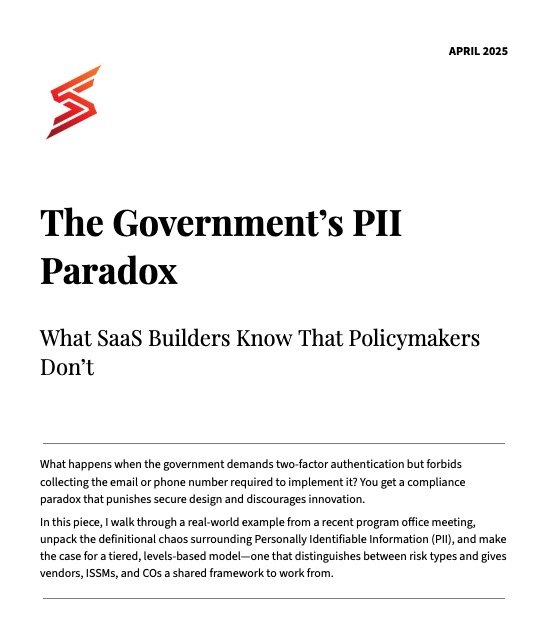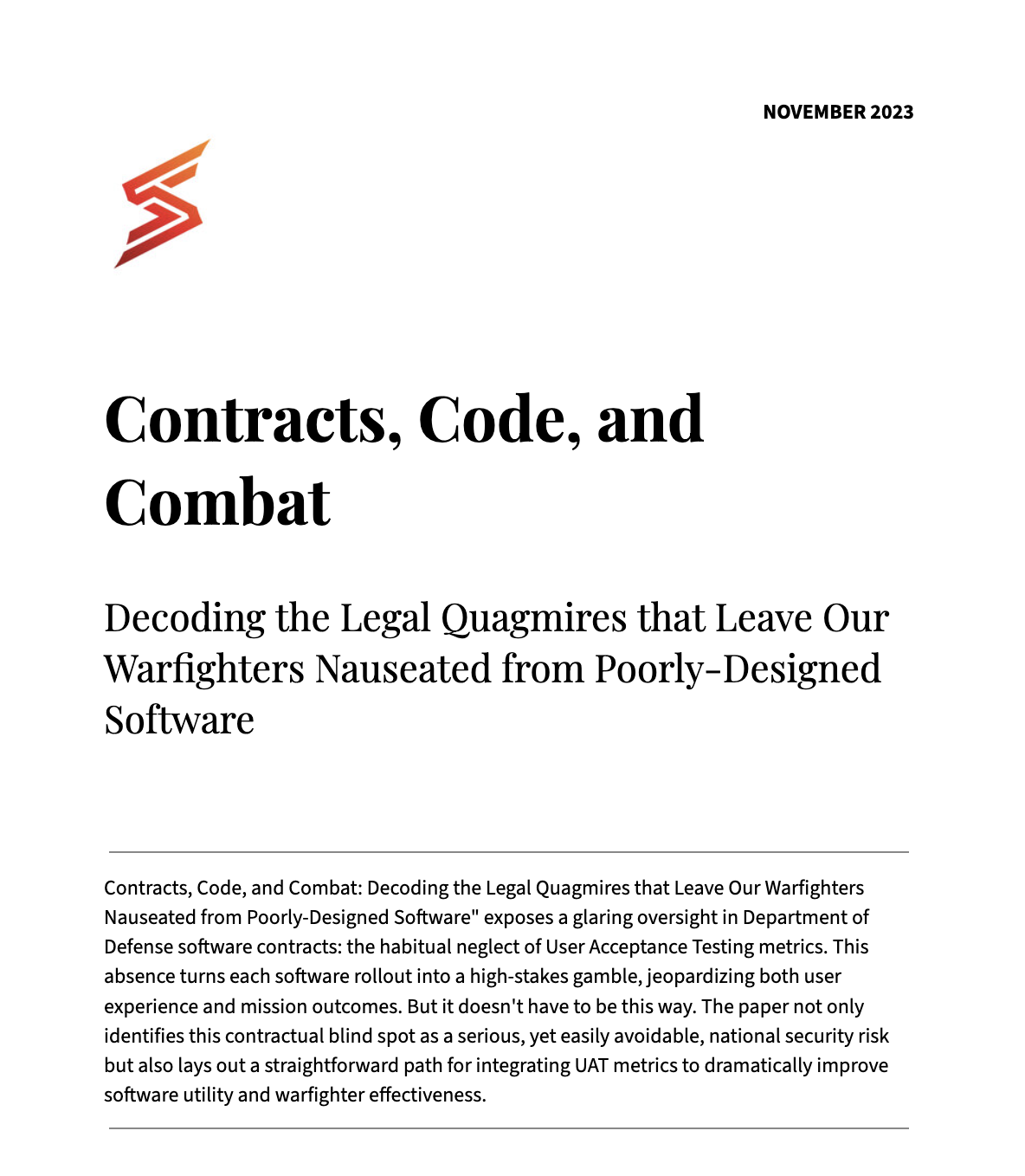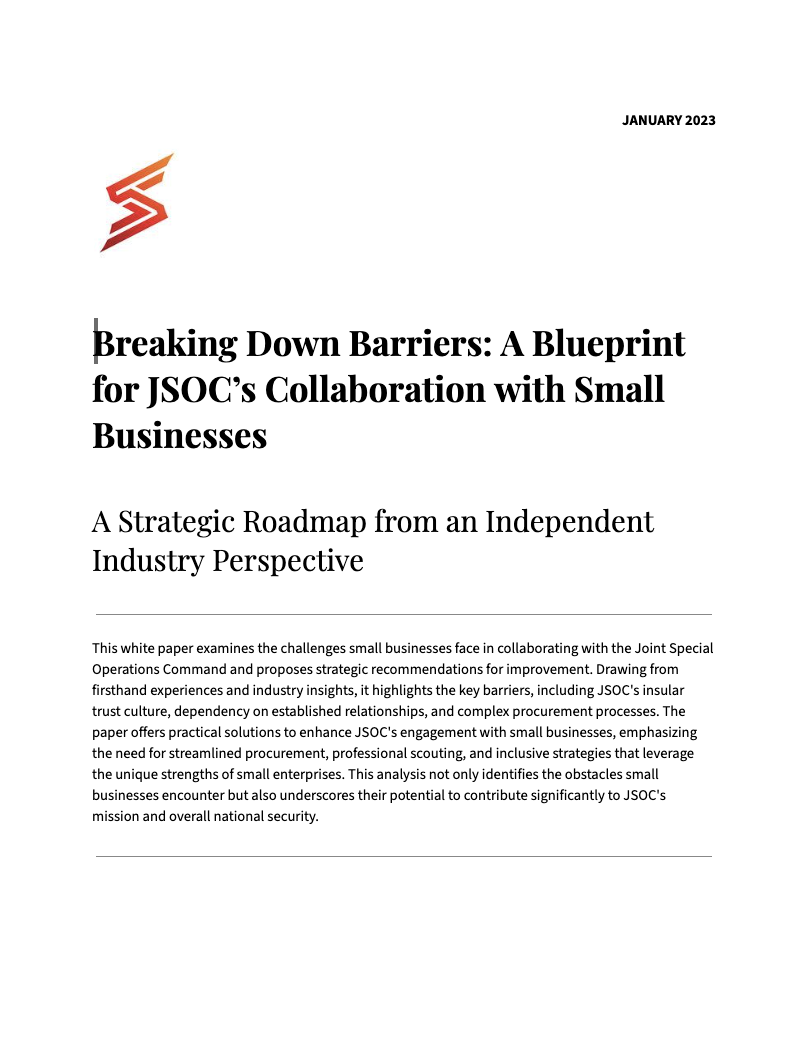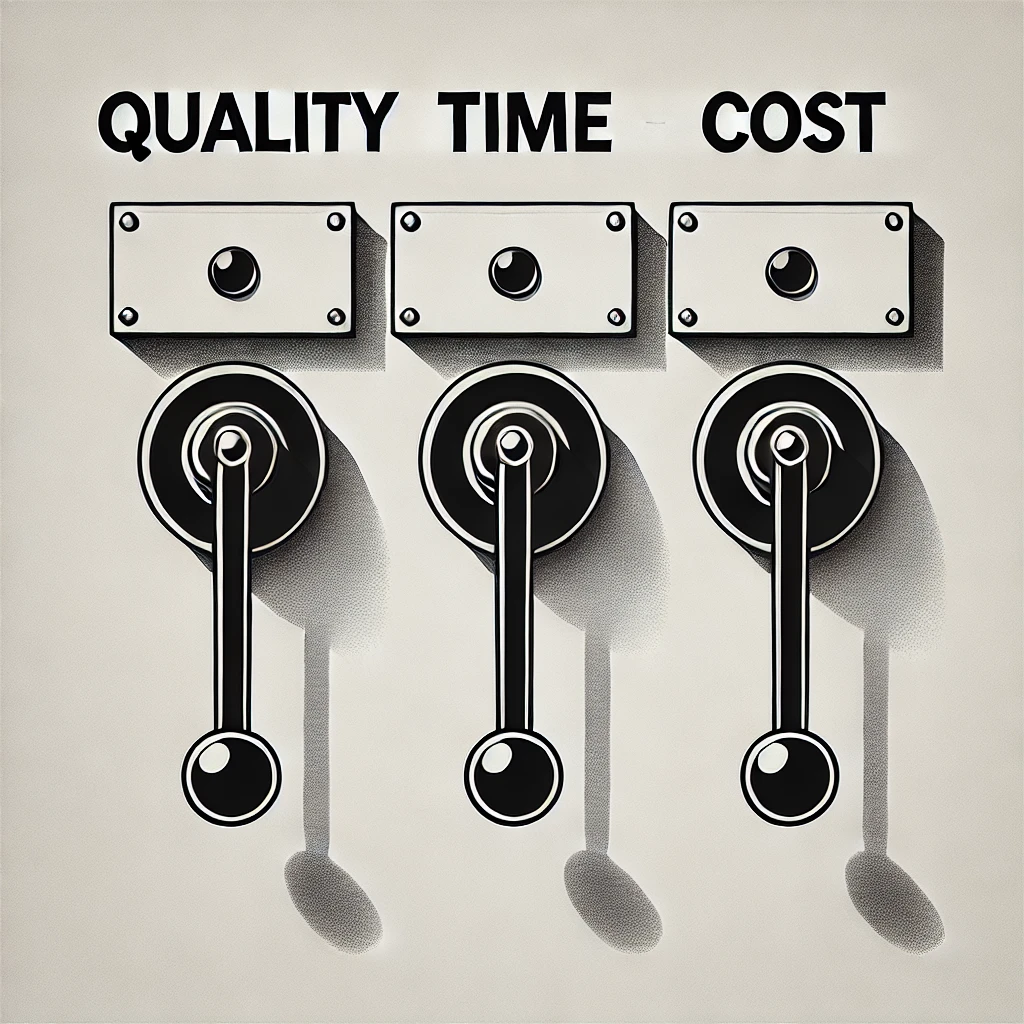Musings

The Government’s PII Paradox
When federal contracts ban PII collection but mandate two-factor authentication, SaaS vendors get caught in a compliance paradox. This post breaks down the real-world consequences of vague privacy rules—and proposes a tiered model for defining risk and securing government software rationally.

Practical OpenAI API Lessons for Developers
Integrating OpenAI’s API into your application isn’t as simple as sending a request and calling it a day. This guide breaks down practical lessons from real-world engineering—covering PDF processing, API selection, model efficiency, multi-role API calls, and workflow optimization. Learn how to avoid costly mistakes and build smarter AI-driven systems.

Enough with the "Innovation" Titles
The word "innovation" is everywhere—but what does it really mean? This article takes a hard look at how the term has been hijacked, the real cost of innovation, and what it takes to deliver tangible results in a bureaucratic system that thrives on inefficiency.

What Makes a Great Client
What sets great clients apart? At Strike Labs, we know that strong partnerships are built on trust, clear communication, and consistency. Explore the essential traits that make clients not just good, but outstanding, and see how these qualities drive success and innovation.

From Traction to Transaction: What to Do When Your SaaS Is Popular but Your Wallet Isn’t
Launching an MVP and seeing users engage is exhilarating—but what if revenue lags behind? This is a common SaaS founder dilemma where traction doesn’t translate to profit.
The solution starts with targeted conversations. Ask beta clients what features they see as essential and what they'd pay for. Go beyond surface praise to find the real motivators that push users to become paying customers.
With this feedback, prioritize your roadmap around high-value features and plan financially for development. Accurately projecting cash flow and funding needs ensures you make smart financial choices, whether raising capital or securing preloaded revenue. Remember, turning user interest into income is a strategic move, not an automatic shift.

How Not to Botch Your SaaS Demo: A Cheat Sheet from a CTO
With thousands of development hours poured into creating the best product possible, ensuring your demo shines is crucial. This guide shares practical, battle-tested strategies from a seasoned CTO to help you deliver a flawless SaaS demo that captivates your audience and showcases your software in its best light.

Funding Innovation or Failing Forward? Why USSOCOM’s New Venture Initiative Misses the Mark
The Private Capital Investor Cohort (PCIC) by USSOCOM aims to keep early-stage tech companies alive long enough to reach defense contracting. But while it may temporarily prop up promising firms, it ignores the root cause of the issue: a painfully slow acquisition process. Instead of accelerating procurement, PCIC focuses on VC funding as a Band-Aid solution. To genuinely foster innovation, we need a contracting overhaul, not a patchwork fix. Read why this approach falls short—and what needs to change—at Strike Labs.

Predicting Threats by Anomaly Tracking Crypto-to-Fiat Conversions in a Geolocation
Strike Labs hypothesized that sudden spikes in crypto-to-fiat conversion in a specific area could be a predictive indicator of upcoming adversarial attacks.
The core idea behind tracking crypto-to-fiat conversions is that adversaries use cryptocurrency as a convenient, anonymous medium for storing illicit funds. However, for real-world operations—like purchasing equipment, renting vehicles, or bribing officials—they need local, usable currency: fiat money. Therefore, a sudden spike in crypto-to-fiat conversions within a specific geographic area can be an indicator of upcoming operations or attacks.

Contracts, Code, and Combat
Contracts, Code, and Combat: Decoding the Legal Quagmires that Leave Our Warfighters Nauseated from Poorly-Designed Software" exposes a glaring oversight in Department of Defense software contracts: the habitual neglect of User Acceptance Testing metrics. This absence turns each software rollout into a high-stakes gamble, jeopardizing both user experience and mission outcomes. But it doesn't have to be this way. The paper not only identifies this contractual blind spot as a serious, yet easily avoidable, national security risk but also lays out a straightforward path for integrating UAT metrics to dramatically improve software utility and warfighter effectiveness.

Breaking Down Barriers: A Blueprint for JSOC’s Collaboration with Small Businesses
A Strategic Roadmap from an Independent Industry Perspective
This white paper examines the challenges unaffiliated small businesses face in collaborating with the Joint Special Operations Command and proposes strategic recommendations for improvement. This paper offers practical solutions to enhance JSOC's engagement with small businesses, emphasizing the need for streamlined procurement, professional scouting, and inclusive strategies that leverage the unique strengths of small enterprises.

Strike Labs Effort Supporting Afghanistan Extraction Sunsets
Over a year ago, Strike Labs was called to help with the chaotic Afghanistan extraction. In response, we built tools like GetEvacuated, a key resource for evacuees, and OSINTMapCOP, a crowd-sourced mapping platform. These efforts weren’t about recognition or profit—they were about making a difference during a critical time. Now, as we sunset some of these platforms, we reflect with pride, knowing their impact goes beyond metrics.

Are SBIR's Worth It?
SBIRs—Small Business Innovation Research grants—are a staple of the U.S. Government’s innovation ecosystem. But are they worth pursuing? With so much time, effort, and uncertainty involved, it’s a valid question. To find out, we built a SBIR Present Value Calculator to cut through the noise and make objective decisions. It factors in preparation costs, potential rewards, winning probabilities, and the workload post-award.

How Poor Product Owners Guarantee Failure
Mismanaged product ownership often spells disaster, especially in the DoD and large defense projects. Veteran Josh Jordan's advice is simple but crucial: “You have three levers: Quality, Time, and Cost. You can only pull two.” Attempting to control all three guarantees failure, leading to unusable products, missed deadlines, and blown budgets. Instead, smart product owners prioritize, communicate trade-offs clearly, and make strategic decisions. Success lies in knowing which levers to pull—and when.
